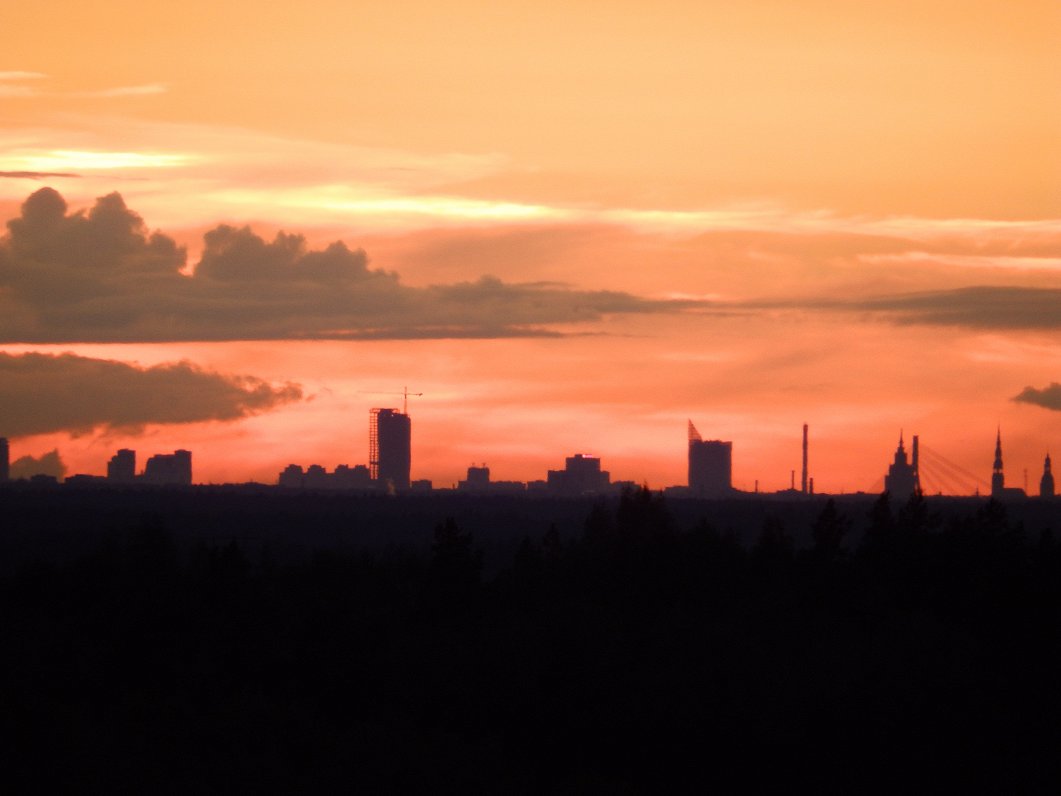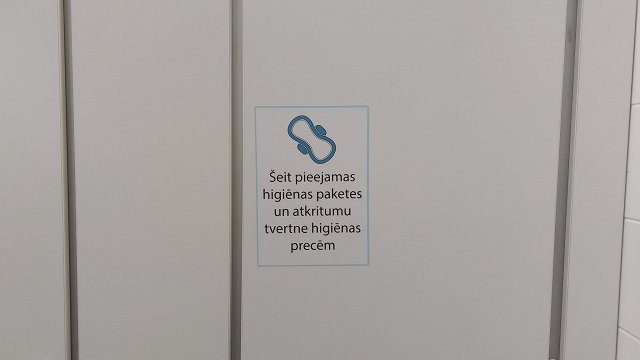The statistics office mapped out - with the caveat that the spatial data were collected with experimental methods - Riga's population decline by neighborhood.
Among the regions most hit by the population decline were central Riga (-60%), Riga old-town (-38%) and Avotu (-35%) and Grīziņkalns (-27%) neighborhoods.
Meanwhile several greener areas saw population increase dozens of times, like the Dreiliņi (53 times) and Dārziņi (24 times) neighborhood. Population also grew in the neighbourhoods of Suži, Pleskodāle, Mūkupurvs, Berģi, Bieriņi, Trīsciems, Atgāzene, Buļļi, Vecāķi, Beberbeķi, Skanste and Kleisti.
Obvious population increase may be seen in territories with the largest multi-dwelling buildings commissioned [between 2000 and 2017], for example in neighbourhoods Dreiliņi and Skanste. However, the most dramatic population decline may be observed in the central part of the city and many neighbourhoods with multi-dwelling buildings erected during the Soviet period. Geospatial data reflect also influence caused by the closing of the prison in the Šķirotava neighborhood, notes the Statistics Office.
Areas in Riga where absolute change in usually resident population is highly above or below the average*; 2000–2017

Age statistics
The average Rigan is 42 years old, and since 2000 this figure has grown by two years. At the beginning of 2017, the lowest average age of population was recorded in neighbourhood Skanste (34 years), whereas the highest in neighbourhoods Ķengarags, Rumbula and Voleri (45 years).
Young people more commonly choose to live in Skanste, Kleisti, Atgāzene, Centrs, Dreiliņi, Katlakalns, Vecpilsēta, Avoti, Brasa, Dārziņi and Trīsciems – the average age of population in these neighbourhoods has decreased. For example, in 2017 the average age of persons residing in Skanste is seven years lower than in 2000.
Ethnic composition
Out of the total number of Riga inhabitants, 78 % or 498,370 people are citizens of Latvia, 18% or 114 361 are non-citizens of Latvia, 3% or 20 512 people are citizens of Russia, whereas 1% or 8 238 people are citizens of other countries.
The largest proportion of Latvia citizens are inhabitants of neighborhood Bieriņi (94% of the total population in this neighborhood) and the greatest share of non-citizens – in neighborhood Daugavgrīva (31%).
The largest share of Russian citizens is recorded in neighborhoods Daugavgrīva (8%) and Skanste (6%). Atgāzene, being the neighborhood in which Turība University is located, has the highest proportion of inhabitants having citizenship of other countries – 14%. Comparatively high proportion of foreigners is living also in Riga old-town (neighborhood Vecpilsēta) – 6%.
Analysis of the data in breakdown by ethnicity shows that neighborhood Bieriņi (82% of the neighborhood population) is resided by the greatest share of Latvians, followed by neighborhoods Buļļi (80%) and Kundziņsala (79%). The largest proportion of Russians is living in neighborhoods Daugavgrīva (56%) and Bolderāja (50%).




























